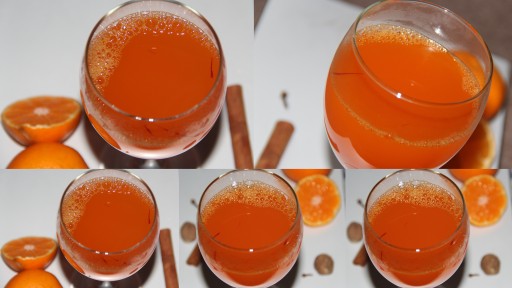Let's Discuss.
If you are a gardener and you like strawberries, then you might like to try planting the White Carolina Pineberry plant. It tastes like pineapple and strawberry TOGETHER! If you can imagine that. Sounds so exotic, doesn’t it? (Although some people describe it as weird.)
PROs:
- Can a fruit which tastes like strawberry and pineapple be bad?
- Great gift idea for gardeners
- People might be impressed if they saw it in your garden
- Can be dipped in chocolate like the red strawberry
- Natural Medicine endorses it as a healthy food
CONs:
- Uh? Any fruit claiming to be a strawberry “relative” should be RED. (O.o) What? It's not red!!
- Need to be a good gardener
* Learn more: Specialty Produce: Pineberries
♦ ♦ ♦ ♦ ♦
Do you like lemonade? I do. What I like about lemonade is that you can vary this drink recipe and make it even better adding another fruit. Do you like blueberries? Well then there is no reason why you wouldn’t love the Pink Lemonade Blueberry plant.
PROs:
- For people who always wanted blueberries to be PINK
- Has been suggested for people who are NOT gardeners
- Great gift idea for gardeners and non-gardeners
- People might be impressed if they saw them in your garden
- Can still be used to make blueberry pancakes
CONs:
- Any fruit claiming to be a blueberry “relative” should be BLUE. (O.o) What? It's not blue!!
* Learn more: Specialty Produce: Pink Lemonade Blueberries
♦ White Carolina Pineberry Plant
A berry lover's delight! White Carolina Strawberry - Pineberry - Pineapple Hybrid Berry Bare Root 10 Pack... by astor_farm https://t.co/dMVe7K24tr #fruit #exoticfruit #pineberries #strawberries #healthyeating #groceryandgourmet @EverydaySpices @goshoppingbees pic.twitter.com/I92hxNBtO0— Treathyl Fox (aka cmoneyspinner) ~ #Freelancer (@cmoneyspinner) June 3, 2019
♦ Pink Lemonade Blueberry Plant
Pink Lemonade Blueberry Fruit Berries Plant Quart Pot Garden Outdoor Flowers by rrgkusamall https://t.co/rdlzpTzvb8 #fruit #exoticfruit #pineberries #strawberries #healthyeating #gardening #plants #groceryandgourmet @EverydaySpices @goshoppingbees pic.twitter.com/lfcb7jYe9P— Treathyl Fox (aka cmoneyspinner) ~ #Freelancer (@cmoneyspinner) May 10, 2020





























